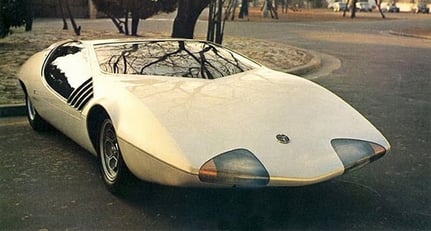1962 Toyota Publica Sports: The public's Popemobile
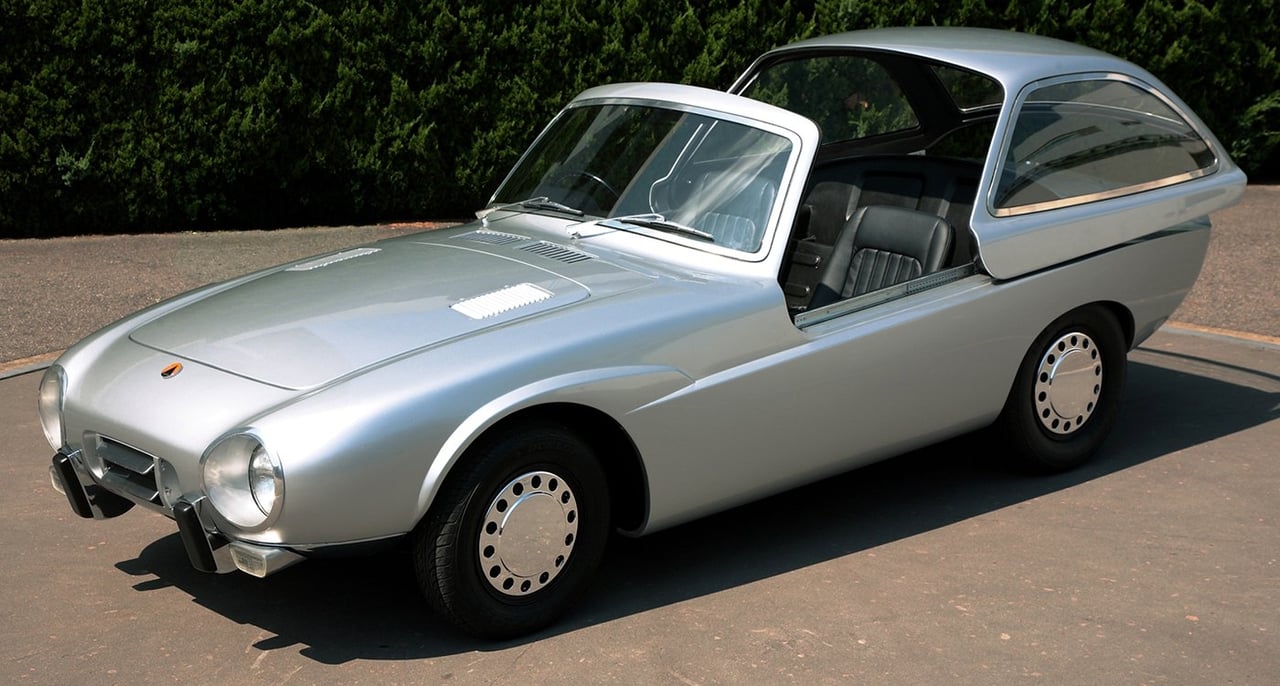
After releasing the Publica in 1961 – a ‘people’s car’ inspired by the success of the VW Beetle – Toyota began work on a more sporting variant. The resulting Publica Sports boasted a sliding canopy that could be completely removed, but by the time it reached production in 1965 as the Sports 800, this had become what’s now called a Targa roof.
1969 Toyota EX-III: Worried-looking wedge
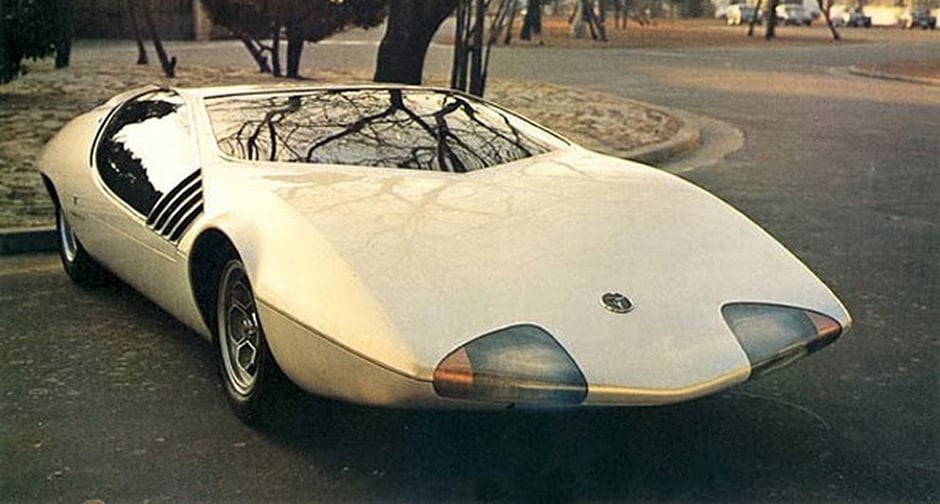
In the late 60s, Italian coachbuilders began using surplus mid-engined racing chassis to create era-defining wedges. Toyota was quick to join the party with the EX-III, whose debut at the 1969 Tokyo Motor Show made it the company’s first mid-engined vehicle. Again, the company’s designers used a canopy rather than doors – this time, though, the mechanism also raised the seats with it, to help occupants exit the ground-grazing supercar. That’d be useful on your Aventador, wouldn’t it?
1970 Nissan 126X: A safety-first Knight Rider
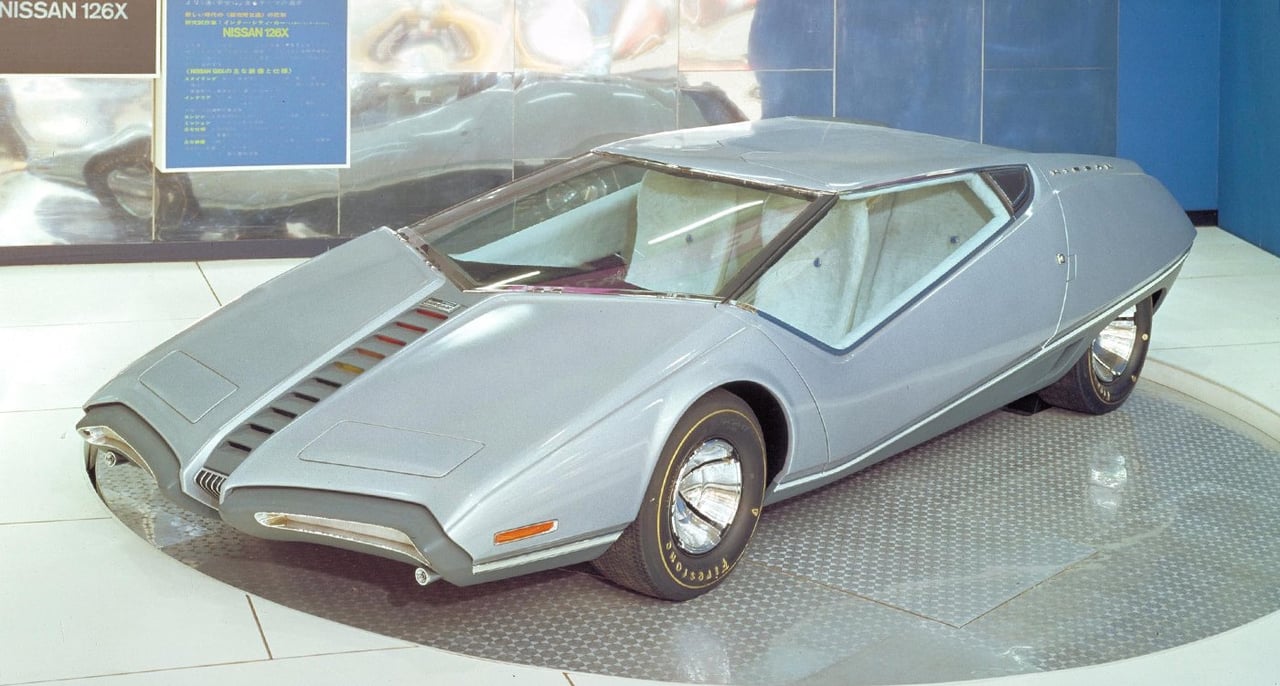
Nissan had never displayed a concept car before – rather choosing to show production, pre-production and racing cars – but when arch-rival Toyota stole the Tokyo show in 1969 with its pair of ‘EX’ concepts, Nissan was forced to return fire. Wedgy, mid-engined and also sporting a canopy, the resulting 126X also used coloured exterior lighting: look at the bonnet ‘spine’ and you’ll see a spectrum that goes from green to red, indicating the extremity of acceleration or braking, respectively.
1970 Mazda RX500: Revolutionary breadvan
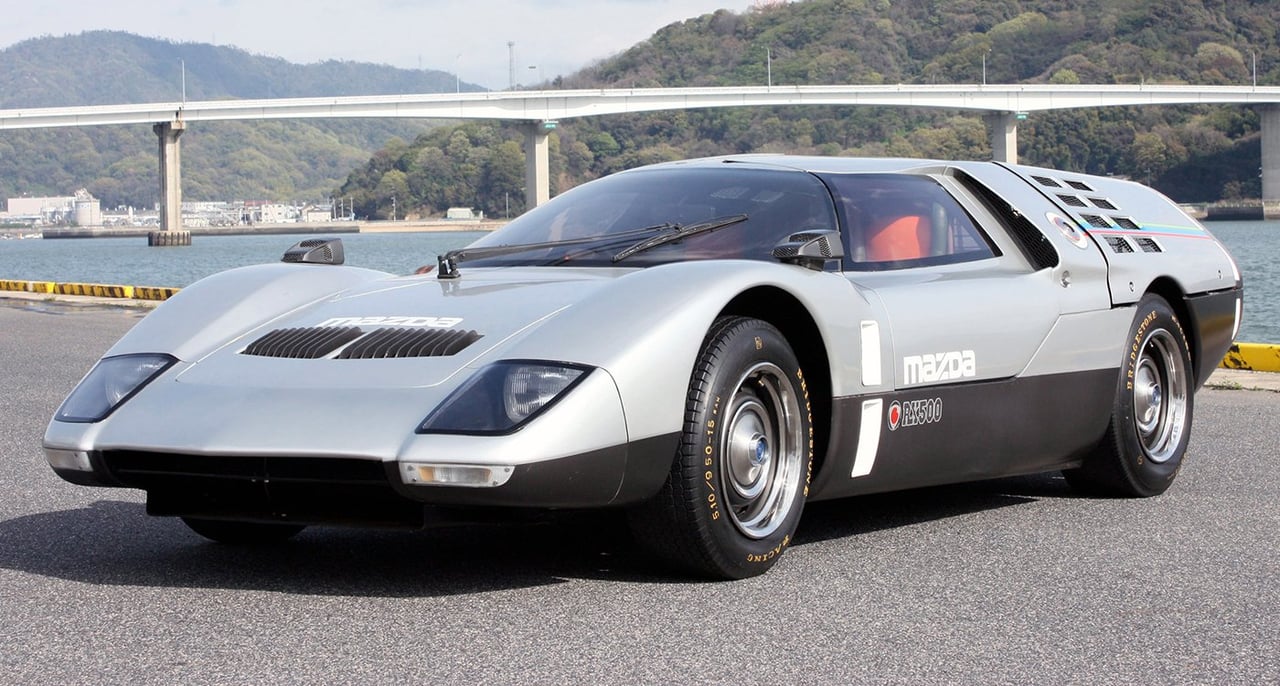
The RX500 wasn’t merely an exercise for Mazda to get a slice (or, perhaps more appropriately, wedge) of the 1970s concept car action, but also a chance to showcase its revolutionary Wankel rotary powerplant. Despite being less than 500cc, the engine produced 250bhp and redlined at a screaming 15,000rpm – and for the hard of hearing, a curious set of green rear lights let those behind know when warp speed (a.k.a. full acceration) was applied.
1992 Yamaha OX99-11: A (true) F1 car for the road
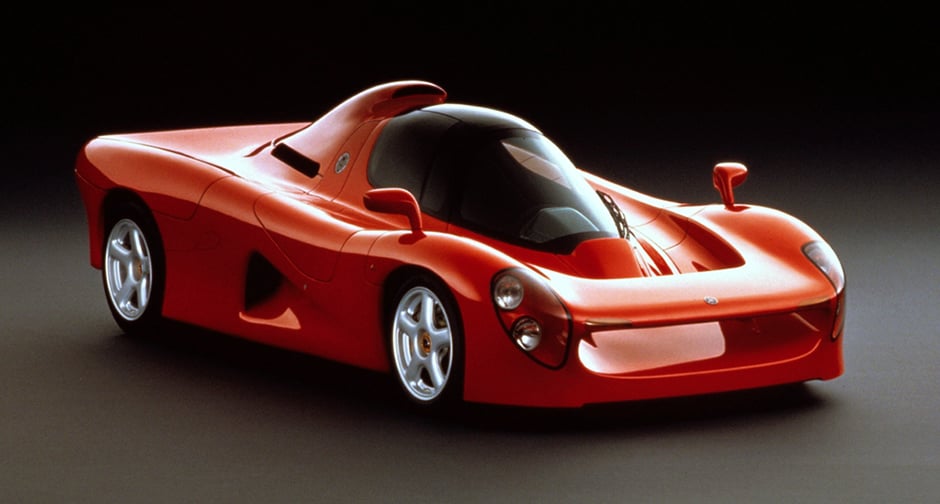
Plenty of manufacturers brag about using Formula 1 technology in their cars – but in the early 90s, Yamaha went one step further by commissioning a sports car that utilised the very same carbonfibre tub and 3.5-litre V12 engine as its then-current F1 car. Wearing bodywork inspired by Group C racers, the OX99-11 was to be sold to private buyers for a sum in the region of $800,000, but the ambitious project was finally culled in 1994 when top brass realised the intended market had dried up.
And a wildcard for wild parties: the Honda Fuya-Jo
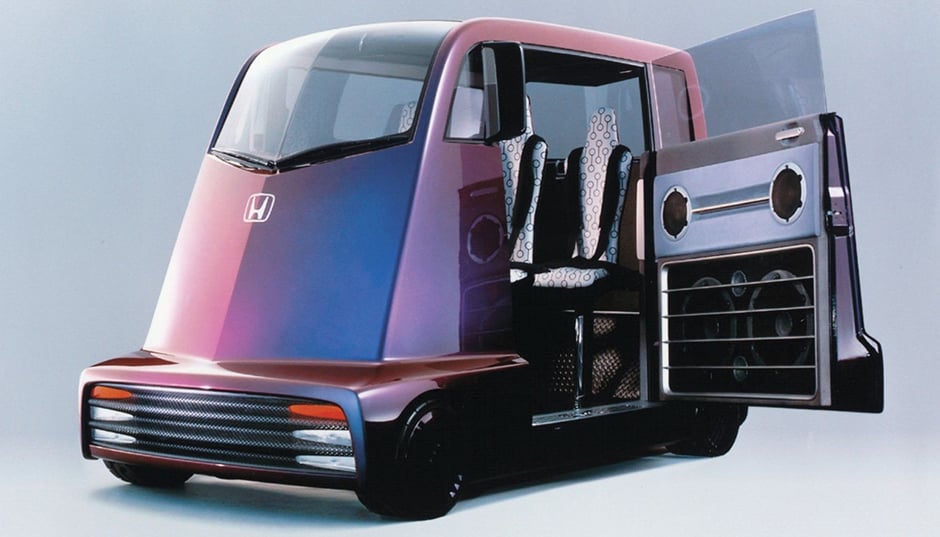
In more recent years, Japanese manufacturers have become increasingly outlandish with their concepts. One such car, the 1999 Honda Fuya-Jo (meaning Sleepless City), explored a niche catering for the “party animals who demand the full excitement of night life.” With a dashboard resembling DJ turntables, a ‘rad’ sound system, a flat floor (for dancing en-route, of course) and barstool-like seats, it’s little surprise that this oddity never made production – but some of its design DNA can be found in later cuboid Japanese production cars aimed at younger generations.
